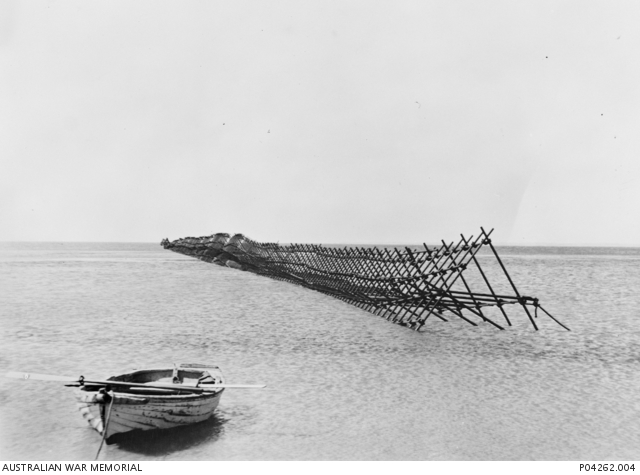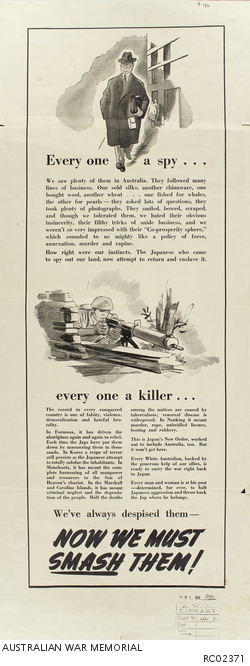Australia under attack: The battle for Australia
The attacks on Australia in early 1942 had created the belief that invasion was imminent. Allied victories in the second half of 1942, in the Coral Sea, around Midway Island, at Milne Bay, at Guadalcanal and on the Kokoda Trail, halted the advance of Japanese forces in the South-West Pacific Area. Although the Japanese high command realised that an invasion of the Australian mainland was impossible as early as March 1942, continuing air attacks on northern Australia and enemy naval activity off the east and west coasts encouraged Australians to believe that the threat persisted.
The Australian civilian population, encouraged to maintain a high state of alert and starved of detailed information on the state of the war, fell victim to rumours. Many believed, wrongly as it turned out, that a plan – the Brisbane Line – existed to abandon the north and west of the continent to the enemy in the event of invasion and only commit to the defence of the most populated areas of south-eastern Australia. There was no such plan.
By mid-1943 Allied victories in the South-West Pacific Area reassured many Australians that the threat of invasion had passed.
Hurdle defences
Hurdles were used as obstacles to prevent or obstruct enemy beach landings on many sections of the Australian coast. These photographs show the construction of hurdle defences in front of the beaches at Cockburn Sound, south of Fremantle, Western Australia, in 1943; they stretched for almost four kilometres.

Fake Japanese invasion map

Newspaper propaganda






